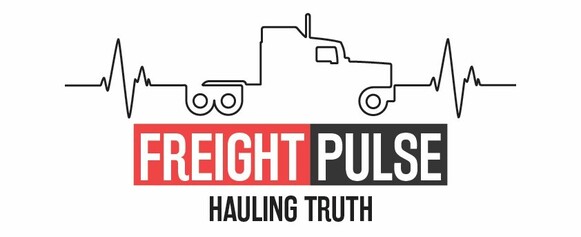Aurora Innovation, a leading developer of autonomous vehicle technology, has altered its operational approach by relocating a human observer to the driver’s seat in its autonomous trucks running in Texas. This reversal comes less than three weeks after the company launched its first commercial self-driving freight service on public roads.
The decision was prompted by truck manufacturer Paccar Inc., a longstanding partner of Aurora, according to a statement by CEO Chris Urmson on May 16. While the trucks will continue to be driven by the Aurora Driver the company’s proprietary autonomous driving system the human in the cab will now be seated up front, prepared to intervene if necessary.
“We are confident this is not required to operate the truck safely,” Urmson wrote, referencing the company’s comprehensive safety validation process, which includes nearly 10,000 requirements and over 2.7 million individual tests. “Paccar is a longtime partner and, after much consideration, we respected their request.”
The root of the change appears to be related to prototype components in the vehicles that raised concerns for Paccar. Although Aurora maintains that the vehicles meet its safety benchmarks, Paccar requested a more conservative approach as a precaution.
This adjustment marks a shift from Aurora’s May 1 announcement, which touted the launch of two fully driverless commercial trucks in Texas a significant milestone in the autonomous freight industry. Aurora’s initial rollout was seen as a step forward in achieving its goal of launching driverless operations at scale by the end of 2024, with plans to extend services to El Paso and Phoenix in the coming months.
However, the recent change suggests differences in risk tolerance or strategic timelines between Aurora and Paccar. Notably, the move also followed a May 14 short-seller report by Bleecker Street Research, which alleged that Aurora had yet to secure full commercialization approval from Paccar for its autonomous trucks. The report further claimed Paccar believes the technology may take longer to reach readiness for widespread deployment.
Aurora has declined to comment on the Bleecker report. Paccar also did not respond to inquiries regarding the shift.

Leadership Turnover and Industry Pressure
Aurora’s strategic evolution comes during a period of internal transitions. Several high-ranking executives have recently departed the company, potentially contributing to uncertainty:
– Sterling Anderson, Aurora co-founder and Chief Product Officer, left to join General Motors in a similar role.
– Nolan Shenai, the company’s General Counsel, exited earlier in the year.
– Yanbing Li, previously Senior VP of Engineering, moved to Datadog Inc. in August.
The autonomous trucking industry remains in a transitional phase. While companies like Aurora, Waymo, and TuSimple have made strides toward commercial deployment, challenges including technical validation, regulatory compliance, and public trust continue to slow full adoption. Aurora’s move to put a human in the cab may reflect a wider industry acknowledgment that deployment must be methodical and collaborative especially with key partners like OEMs.
Aurora Innovation, which went public via a SPAC in 2021, has stated that it aims to operate its driverless freight network without safety drivers by the end of 2024, primarily along high-volume freight corridors in Texas and the Southwest. The company is also targeting autonomous passenger vehicle development through partnerships, including one with Toyota, although its trucking business is currently more mature.
While the temporary return of a human to the driver’s seat might appear as a step back, it may instead represent a calibrated pause as Aurora navigates regulatory, technical, and partnership-related dynamics. It also reinforces the importance of OEM trust and the complexity of commercializing autonomous systems in real-world logistics.
Ultimately, Aurora’s trajectory continues to reflect the broader tension between technological ambition and cautious execution a balance that could determine the pace of autonomous freight adoption across the U.S.

